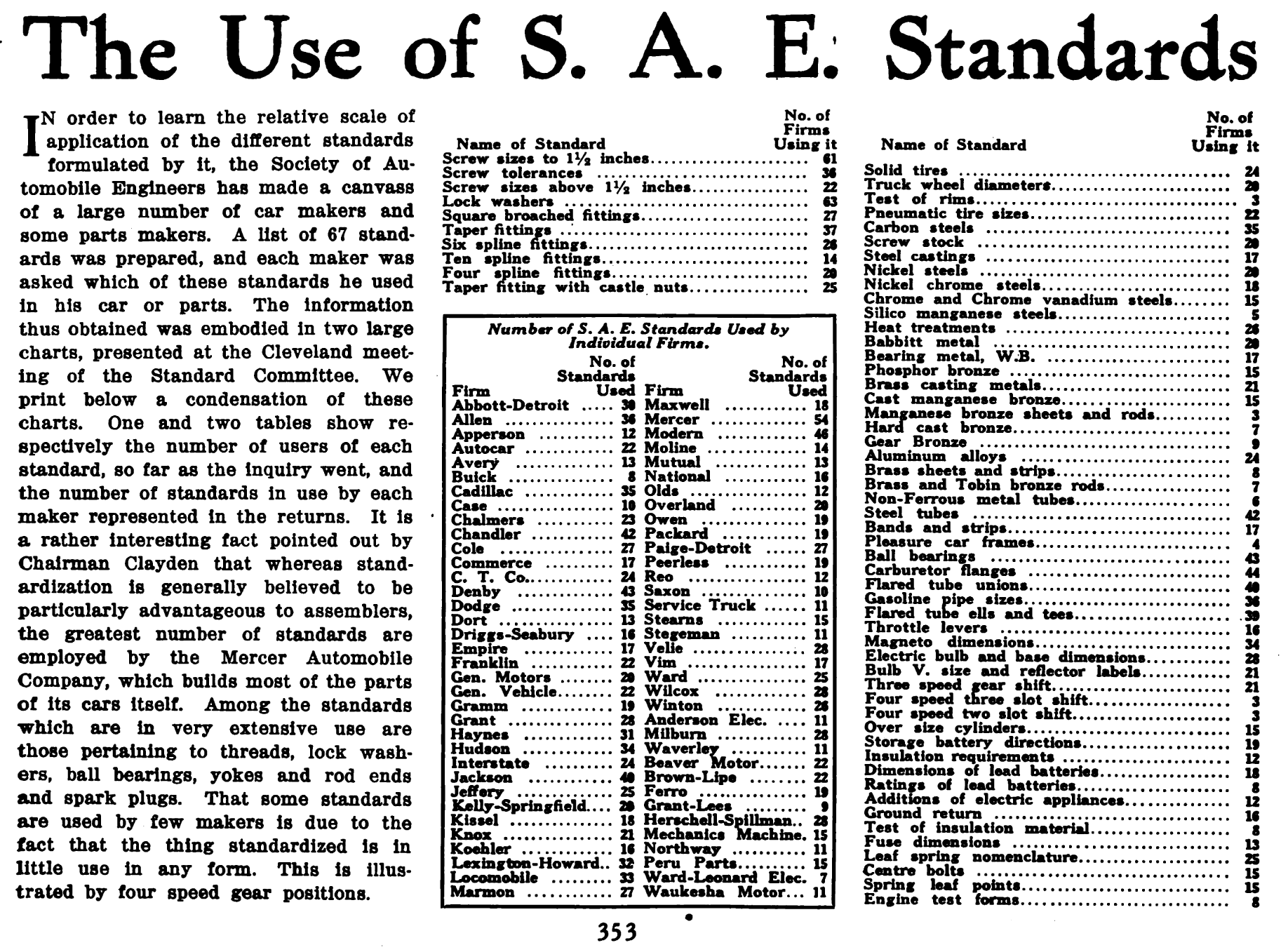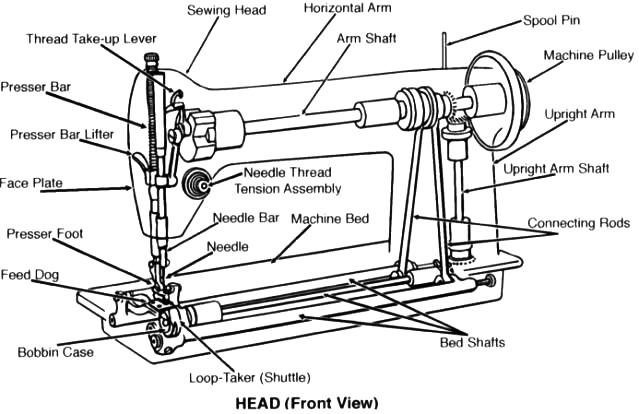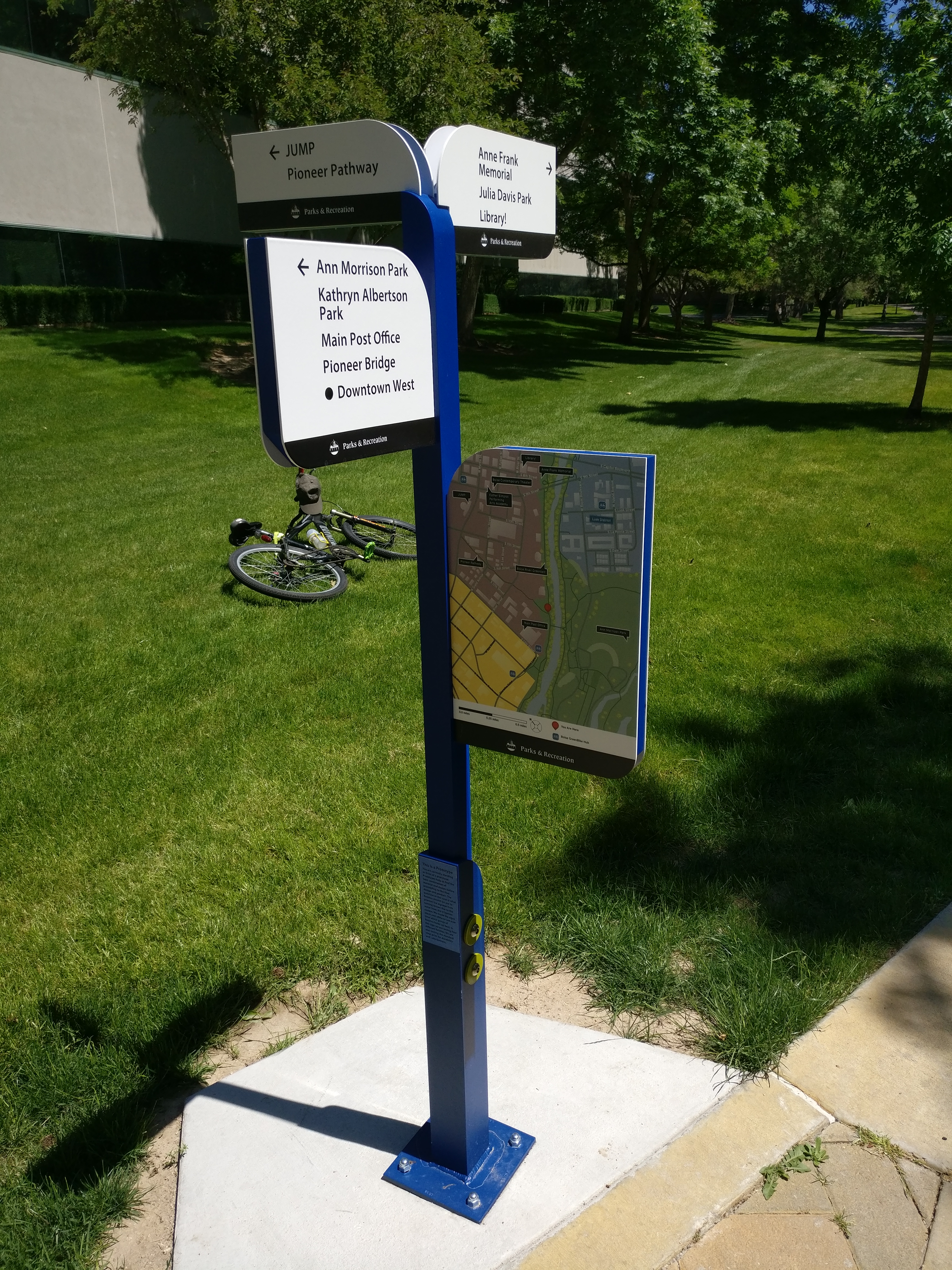|
Cold-cranking Simulator
The cold-cranking simulator (CCS) is a device used to determine the low temperature performance of lubricants, when starting a cold engine (i.e. cold-cranking). In this condition, the only energy available to turn the engine comes from the starter motor and the battery, and it has been widely assumed that the system acts as a constant power viscometer. The use of this device for this purpose is standardized as ASTM D5293. Test development The cold-cranking simulator was invented developed by Dr. Dae Sik Kim of Esso Research and Engineering Company in 1964. The first prototype was built on his apartment kitchen table with Unimat, a miniature lathe/milling machine, to minimize and avoid proper company procedures. He reported the results of his developmental work, titled: "Results of Cold Cranking Simulator and a Comment" at SAE Fuels and Lubricants Meeting in Palmer house, Chicago on May 18, 1965. Although the device was initially called "Kimometer", he refused to put his name on i ... [...More Info...] [...Related Items...] OR: [Wikipedia] [Google] [Baidu] |
Temperature
Temperature is a physical quantity that expresses quantitatively the perceptions of hotness and coldness. Temperature is measured with a thermometer. Thermometers are calibrated in various temperature scales that historically have relied on various reference points and thermometric substances for definition. The most common scales are the Celsius scale with the unit symbol °C (formerly called ''centigrade''), the Fahrenheit scale (°F), and the Kelvin scale (K), the latter being used predominantly for scientific purposes. The kelvin is one of the seven base units in the International System of Units (SI). Absolute zero, i.e., zero kelvin or −273.15 °C, is the lowest point in the thermodynamic temperature scale. Experimentally, it can be approached very closely but not actually reached, as recognized in the third law of thermodynamics. It would be impossible to extract energy as heat from a body at that temperature. Temperature is important in all fields of na ... [...More Info...] [...Related Items...] OR: [Wikipedia] [Google] [Baidu] |
Rheological
Rheology (; ) is the study of the flow of matter, primarily in a fluid (liquid or gas) state, but also as "soft solids" or solids under conditions in which they respond with plastic flow rather than deforming elastically in response to an applied force. Rheology is a branch of physics, and it is the science that deals with the deformation and flow of materials, both solids and liquids.W. R. Schowalter (1978) Mechanics of Non-Newtonian Fluids Pergamon The term '' rheology'' was coined by Eugene C. Bingham, a professor at Lafayette College, in 1920, from a suggestion by a colleague, Markus Reiner.The Deborah Number The term was inspired by the of |
Engine Tuning Instruments
An engine or motor is a machine designed to convert one or more forms of energy into mechanical energy. Available energy sources include potential energy (e.g. energy of the Earth's gravitational field as exploited in hydroelectric power generation), heat energy (e.g. geothermal), chemical energy, electric potential and nuclear energy (from nuclear fission or nuclear fusion). Many of these processes generate heat as an intermediate energy form, so heat engines have special importance. Some natural processes, such as atmospheric convection cells convert environmental heat into motion (e.g. in the form of rising air currents). Mechanical energy is of particular importance in transportation, but also plays a role in many industrial processes such as cutting, grinding, crushing, and mixing. Mechanical heat engines convert heat into work via various thermodynamic processes. The internal combustion engine is perhaps the most common example of a mechanical heat engine, in which h ... [...More Info...] [...Related Items...] OR: [Wikipedia] [Google] [Baidu] |
ASTM
ASTM International, formerly known as American Society for Testing and Materials, is an international standards organization that develops and publishes voluntary consensus technical standards for a wide range of materials, products, systems, and services. Some 12,575 ASTM voluntary consensus standards operate globally. The organization's headquarters is in West Conshohocken, Pennsylvania, about northwest of Philadelphia. It is founded in 1902 as the American Section of the International Association for Testing Materials (see also International Organization for Standardization). History A group of scientists and engineers, led by Charles Dudley, formed ASTM in 1898 to address the frequent rail breaks affecting the fast-growing railroad industry. The group developed a standard for the steel used to fabricate rails. Originally called the "American Society for Testing Materials" in 1902, it became the "American Society for Testing And Materials" in 1961. In 2001, ASTM off ... [...More Info...] [...Related Items...] OR: [Wikipedia] [Google] [Baidu] |
SAE J300
SAE J300 is a standard that defines the viscometric properties of mono- and multigrade engine oils, maintained by SAE International. Key parameters for engine oil viscometrics are the oil's kinematic viscosity, its high temperature-high shear viscosity measured by the tapered bearing simulator, and low temperature properties measured by the cold-cranking simulator and mini-rotary viscometer. This standard is commonly used throughout the world, and standards organizations that do so include API and ILSAC, and ACEA. The SAE has a separate viscosity rating system for gear, axle, and manual transmission oils, SAE J306, which should not be confused with engine oil viscosity. The higher numbers of a gear oil (e.g., 75W-140) does not mean that it has higher viscosity than an engine oil 20W-50. Single-grade vs. Multi-grade The original viscosity grades were all single grades such as SAE 30, measured at and with higher number meaning higher viscosity. For example, a lawnmower ... [...More Info...] [...Related Items...] OR: [Wikipedia] [Google] [Baidu] |
Society Of Automotive Engineers
SAE International, formerly named the Society of Automotive Engineers, is a United States-based, globally active professional association and standards developing organization for engineering professionals in various industries. SAE International's world headquarters is in Warrendale, Pennsylvania, 20 miles north of Pittsburgh, Pennsylvania. Principal emphasis is placed on global transport industries such as aerospace, automotive, and commercial vehicles. The organization adopted the name SAE International to reflect the broader emphasis on mobility. SAE International has over 138,000 global members. Membership is granted to individuals, rather than companies. Aside from its standardization efforts, SAE International also devotes resources to projects and programs in STEM education, professional certification, and collegiate design competitions. For historical legacy reasons, the label "SAE" is commonly used on tools and hardware in North America to indicate United States ... [...More Info...] [...Related Items...] OR: [Wikipedia] [Google] [Baidu] |
Peltier Cooling
Thermoelectric cooling uses the Peltier effect to create a heat flux at the junction of two different types of materials. A Peltier cooler, heater, or thermoelectric heat pump is a solid-state active heat pump A heat pump is a device that can heat a building (or part of a building) by transferring thermal energy from the outside using a refrigeration cycle. Many heat pumps can also operate in the opposite direction, cooling the building by removing ... which transfers heat from one side of the device to the other, with consumption of electrical energy, depending on the direction of the current. Such an instrument is also called a Peltier device, Peltier heat pump, solid state refrigerator, or thermoelectric cooler (TEC) and occasionally a thermoelectric battery. It can be used either for heating or for cooling, although in practice the main application is cooling. It can also be used as a temperature controller that either heats or cools. This technology is far less commonl ... [...More Info...] [...Related Items...] OR: [Wikipedia] [Google] [Baidu] |
Piston
A piston is a component of reciprocating engines, reciprocating pumps, gas compressors, hydraulic cylinders and pneumatic cylinders, among other similar mechanisms. It is the moving component that is contained by a cylinder and is made gas-tight by piston rings. In an engine, its purpose is to transfer force from expanding gas in the cylinder to the crankshaft via a piston rod and/or connecting rod. In a pump, the function is reversed and force is transferred from the crankshaft to the piston for the purpose of compressing or ejecting the fluid in the cylinder. In some engines, the piston also acts as a valve by covering and uncovering ports in the cylinder. __TOC__ Piston engines Internal combustion engines An internal combustion engine is acted upon by the pressure of the expanding combustion gases in the combustion chamber space at the top of the cylinder. This force then acts downwards through the connecting rod and onto the crankshaft. The connecting rod ... [...More Info...] [...Related Items...] OR: [Wikipedia] [Google] [Baidu] |
Sewing Machine
A sewing machine is a machine used to sew fabric and materials together with Thread (yarn), thread. Sewing machines were invented during the first Industrial Revolution to decrease the amount of manual sewing work performed in clothing companies. Since the invention of the first sewing machine, generally considered to have been the work of Englishman Thomas Saint in 1790, the sewing machine has greatly improved the efficiency and productivity of the clothing industry. Home sewing machines are designed for one person to sew individual items while using a single Stitch (textile arts), stitch type at a time. In a modern sewing machine, the process of stitching has been automated so that the fabric easily glides in and out of the machine without the inconvenience of needles, Thimble, thimbles and other tools used in hand sewing. Early sewing machines were powered by either constantly turning a handle or with a foot-operated treadle mechanism. Electrically-powered machines were later i ... [...More Info...] [...Related Items...] OR: [Wikipedia] [Google] [Baidu] |
Unimat
The Unimat was a series of combination machines sold for light hobbyist engineering, such as model engineering. They were distinctive as the same major components could be re-arranged into either a lathe or milling machine. It covers a range of commercially sold machines intended for machining and metalworking for model making hobbyists manufactured by the Emco company. The machines enable the user to have a drill press, lathe and milling machine. Most of the Unimat range is no longer in production, but the smallest Unimat 1 and its variants is now produced by the Cool Tool Gmbh. Models Original ''Emco'' * Unimat DB, Unimat DB-200 * Unimat SL, Unimat SL-1000 * Unimat 3 To ''Emco'' Specs * Unimat Basic * Unimat 4 (lower quality clockmakers/watchmakers lathe with parts interchangeable with the Unimat 3) * Unimat Compact 5 * Unimat Compact 8E * Unimat Compact V8 * Maximat F1-P Mill * Unimat Mill ''TheCoolTool'' company * Unimat 1 Basic (model woodworking) This model of the Un ... [...More Info...] [...Related Items...] OR: [Wikipedia] [Google] [Baidu] |
Lubricant
A lubricant (sometimes shortened to lube) is a substance that helps to reduce friction between surfaces in mutual contact, which ultimately reduces the heat generated when the surfaces move. It may also have the function of transmitting forces, transporting foreign particles, or heating or cooling the surfaces. The property of reducing friction is known as lubricity. In addition to industrial applications, lubricants are used for many other purposes. Other uses include cooking ( oils and fats in use in frying pans, in baking to prevent food sticking), bioapplications on humans (e.g. lubricants for artificial joints), ultrasound examination, medical examination, and sexual intercourse. It is mainly used to reduce friction and to contribute to a better and efficient functioning of a mechanism. History Lubricants have been in some use for thousands of years. Calcium soaps have been identified on the axles of chariots dated to 1400 BC. Building stones were slid on oil-impregrated ... [...More Info...] [...Related Items...] OR: [Wikipedia] [Google] [Baidu] |
Prototype
A prototype is an early sample, model, or release of a product built to test a concept or process. It is a term used in a variety of contexts, including semantics, design, electronics, and software programming. A prototype is generally used to evaluate a new design to enhance precision by system analysts and users. Prototyping serves to provide specifications for a real, working system rather than a theoretical one. In some design workflow models, creating a prototype (a process sometimes called materialization) is the step between the formalization and the evaluation of an idea. A prototype can also mean a typical example of something such as in the use of the derivation 'prototypical'. This is a useful term in identifying objects, behaviours and concepts which are considered the accepted norm and is analogous with terms such as stereotypes and archetypes. The word ''prototype'' derives from the Greek , "primitive form", neutral of , "original, primitive", from πρ� ... [...More Info...] [...Related Items...] OR: [Wikipedia] [Google] [Baidu] |







